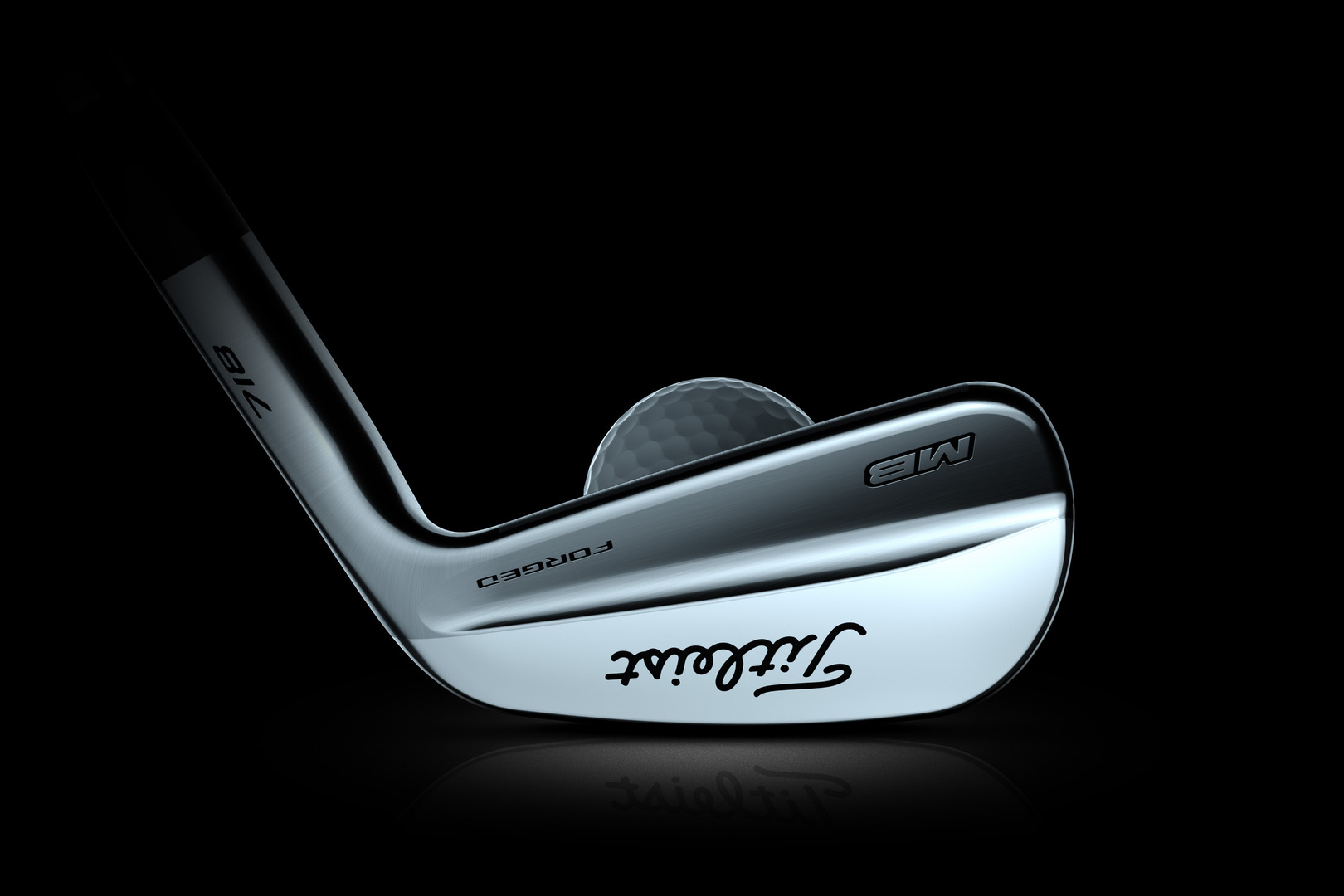News
Latest > Controversially banned equipment
Aug 25th, 2017
Controversially banned equipment
As Green books ready for the chop
Words: GolfPunk
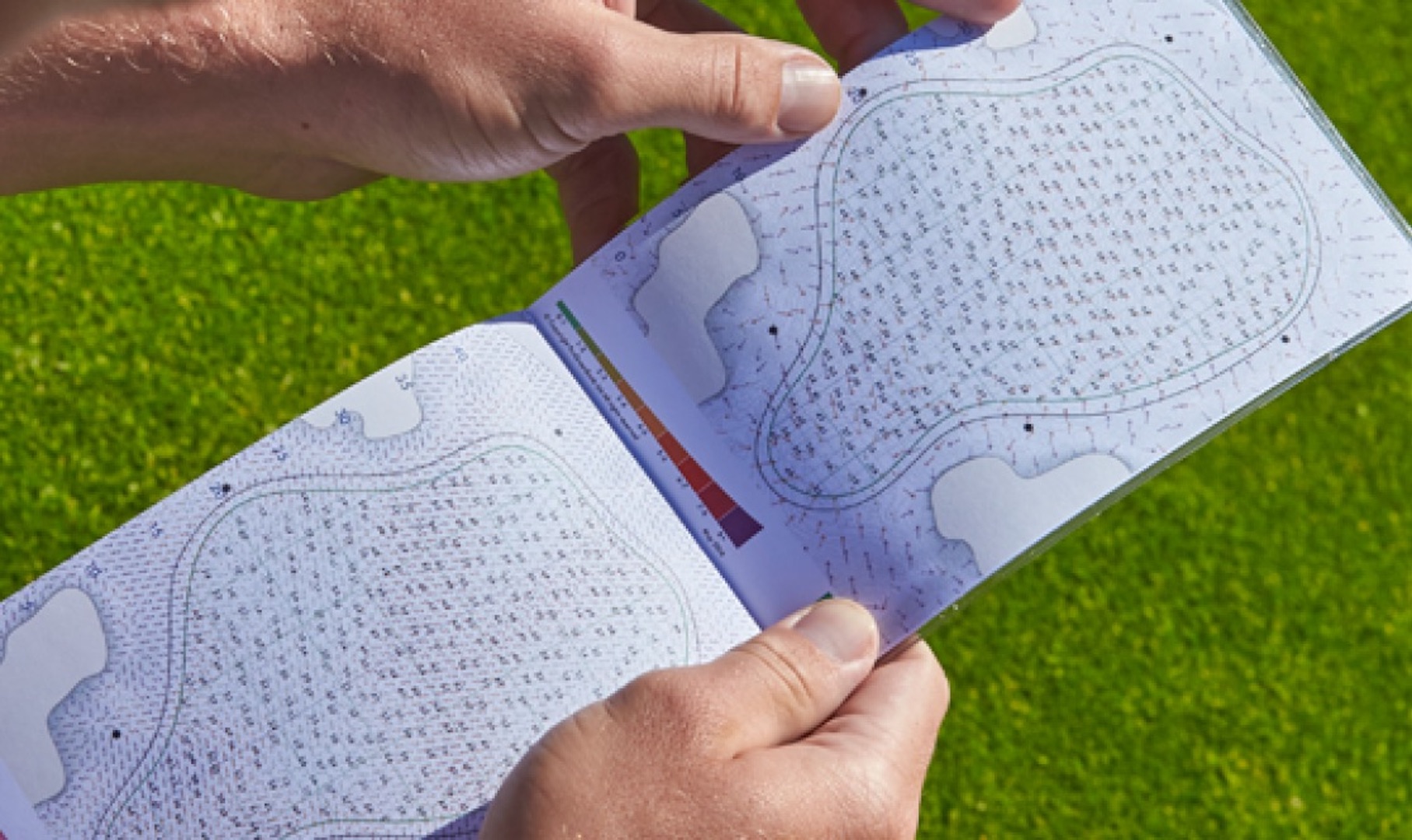 The R&A and USGA have recently announced they are ‘reviewing’ the use of green–reading materials – mainly green maps and books. As the joint statement from the game’s rule makers made clear, being able to read a green and putt accordingly is considered an essential part of the sport of golf – and they are ‘concerned’ that the abundant use of hyper–detailed, laser–measured topographical green maps are taking just a tad of the skill out of it.
The R&A and USGA have recently announced they are ‘reviewing’ the use of green–reading materials – mainly green maps and books. As the joint statement from the game’s rule makers made clear, being able to read a green and putt accordingly is considered an essential part of the sport of golf – and they are ‘concerned’ that the abundant use of hyper–detailed, laser–measured topographical green maps are taking just a tad of the skill out of it.
With a potential ban for green books on the horizon, we’ve looked back at what other bits of golf equipment have been banned in competition (and occasionally had the ban lifted again) throughout the history of golf!
1) The Anchor Putter
Currently the most recent casualty of the R&A and USGA’s wrath, the anchor or ‘belly’ putter technique was outlawed as of January 1st, 2016. The surge in people using the technique came after Keegan Bradley’s famous win at the 2011 PGA Championship, with top golfers Ernie Els and Adam Scott following suit – both to major-winning effect.
The biggest bug bear with the anchor putter is that it removes one of the inherent difficulties of putting – the swing. As Tiger Woods put it at the time, “I just believe that the art of putting is swinging the club and controlling nerves.” If the end of the putter is pressed into the stomach or crook of the arm, you’re not swinging it freely, rather rocking the club face back and forth – almost like a pendulum – which most golfers would agree is far easier. The arguments on both sides were loud and lasting, but in the end the golf authorities would not be swayed. The ban came in at the start of 2016 and still stands today.
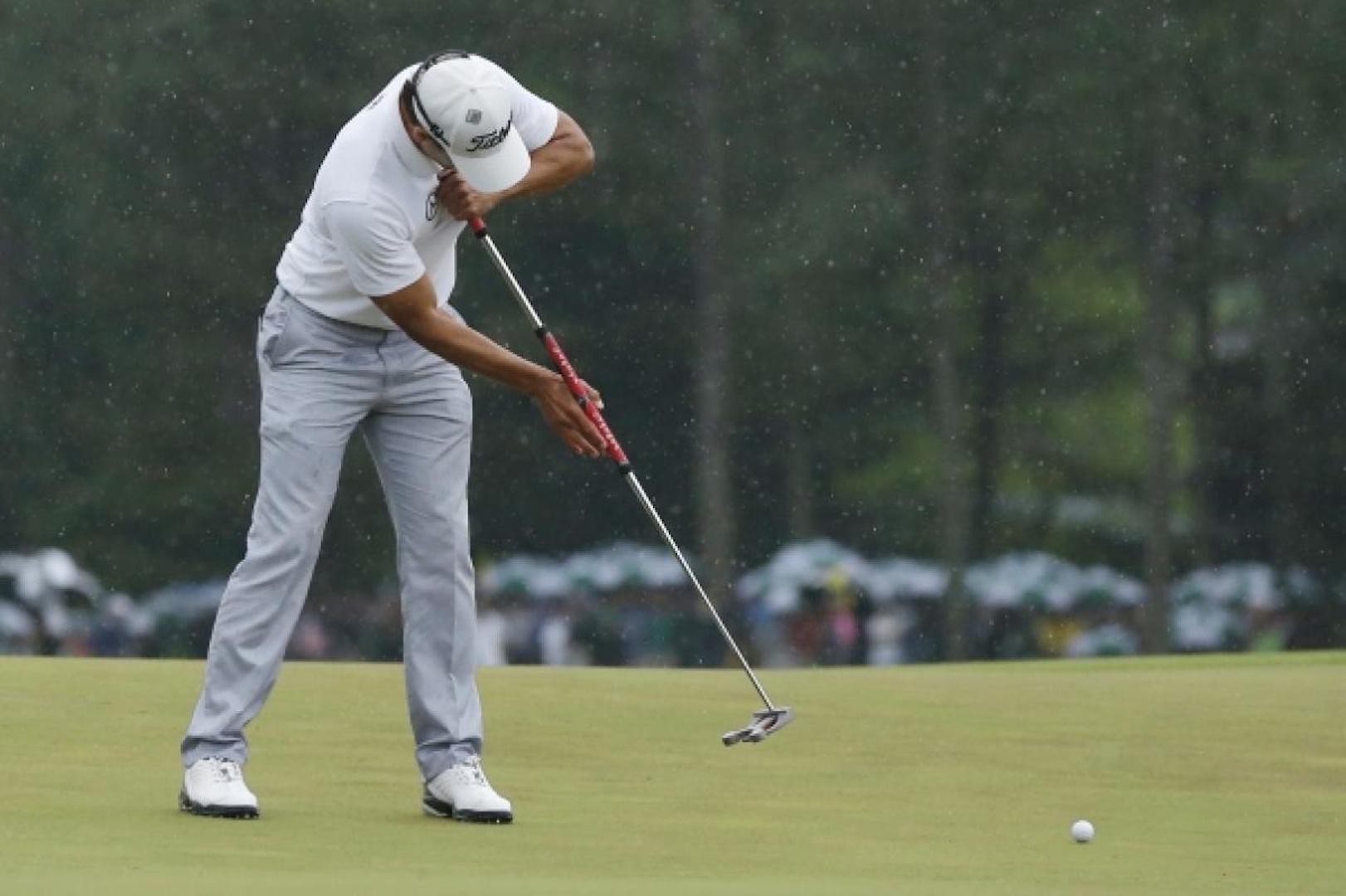 2) Steel Shafts
2) Steel Shafts
Next up, in contrast, a ban that was later reversed by golf’s authorities. As bizarre as it may seem now, from 1914 until the very end of the 1920’s, steel shafted golf clubs were forbidden.
Originally, on both sides of the pond, it was mainly because the technology to create steel shafts simply wasn’t good enough to challenge the dominance or quality of hickory clubs. The turning point was when an American manufacturer, Bristol Steel, broke the mould in 1922 with a seamless shaft. As a result, the USGA relented and allowed steel shafts from 1924 onwards.
The R&A continued to resist allowing them in the UK, “repelling novelties that seek to cross the Atlantic.” It was only when the public pressure and exposure from the Prince of Wales using a set at St. Andrews in 1929 became unbearable that they finally legalised them as well. Despite the switch to graphite and other materials dominating driver shafts since, steel shafts are still the go-to for irons to this very day.
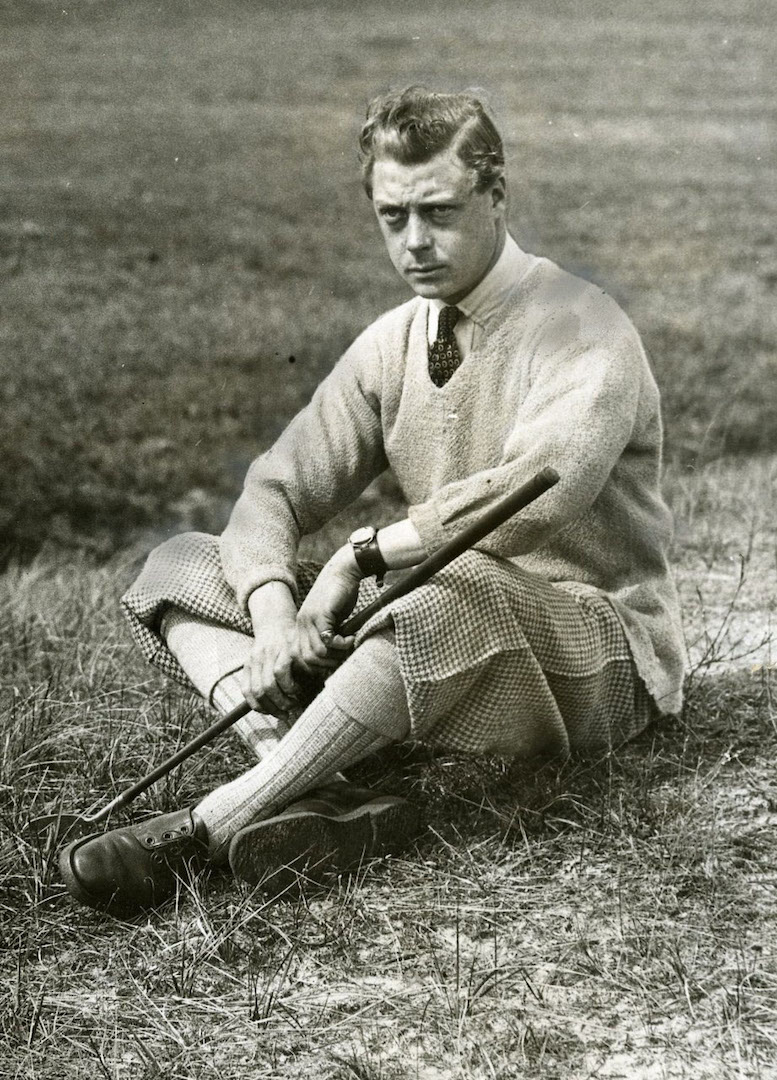 3) The British Ball
3) The British Ball
It may have fallen out of golfing consciousness over the years, but until 1990, it was possible to have two different sizes of golf ball – the ‘British’ ball and the ‘American’ ball.
This was, in essence, because the R&A and the USGA could not agree on a standard size. First, the R&A ruled in 1909 that golf balls must have a minimum diameter of 1.62 inches. Over the next few decades, golfers used to swap between ball sizes to suit different match types – a smaller 1.62-inch ball into the wind, while using a larger and lighter type when the wind was from behind.
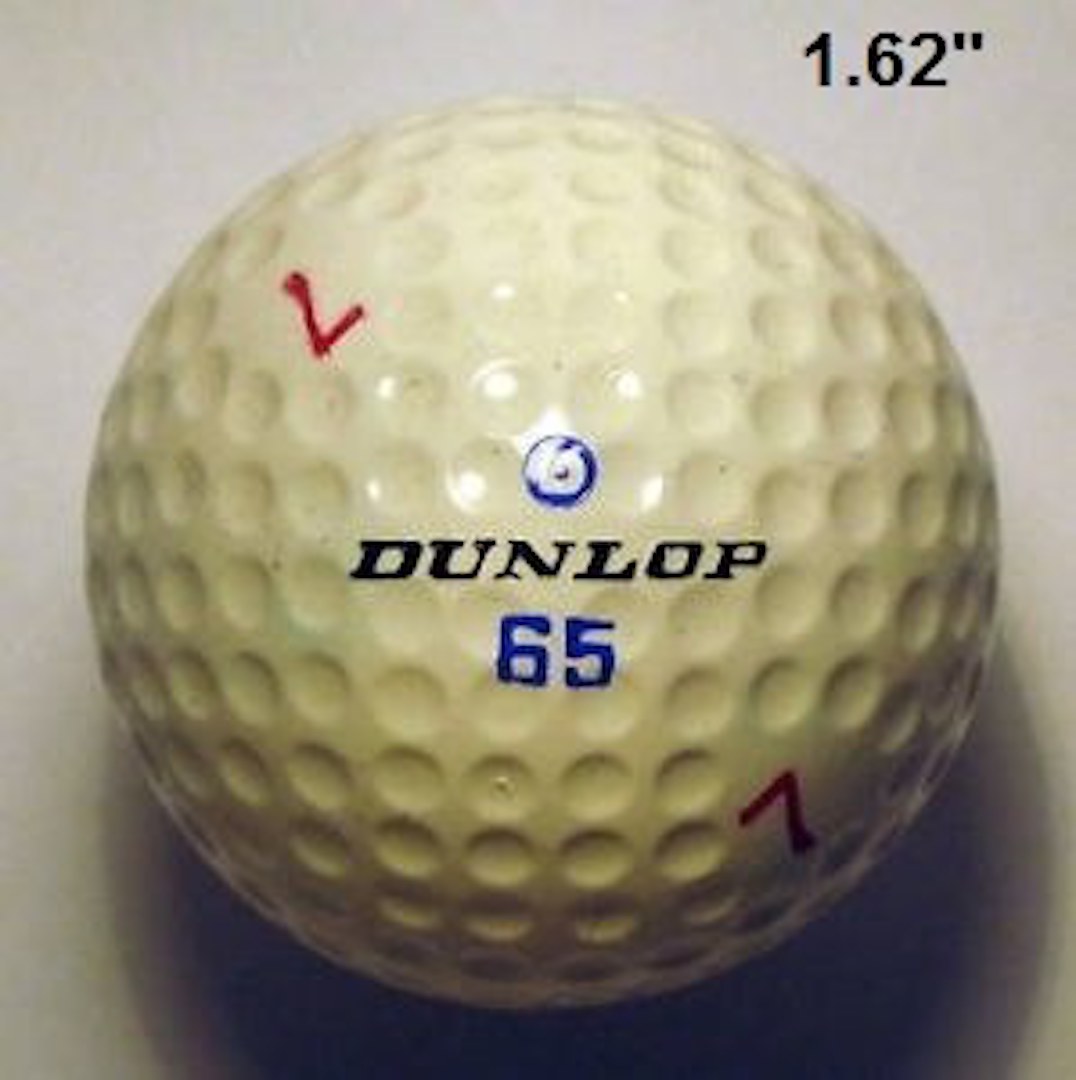 Eventually, the USGA – who had disagreed on the 1.62 ruling from the start, acted. In 1929, they went against the R&A’s ruling by introducing one of their own to be enforced across the pond – a new minimum diameter of 1.68 inches. This, they said, was to be “fair to the average golfer and a little more exacting for the expert and complimentary to the architecture and playing values of the course”. Mainly, it was to avoid the same problem we’re starting to see recur today – golfers were driving too long for the majority of courses.
Eventually, the USGA – who had disagreed on the 1.62 ruling from the start, acted. In 1929, they went against the R&A’s ruling by introducing one of their own to be enforced across the pond – a new minimum diameter of 1.68 inches. This, they said, was to be “fair to the average golfer and a little more exacting for the expert and complimentary to the architecture and playing values of the course”. Mainly, it was to avoid the same problem we’re starting to see recur today – golfers were driving too long for the majority of courses.
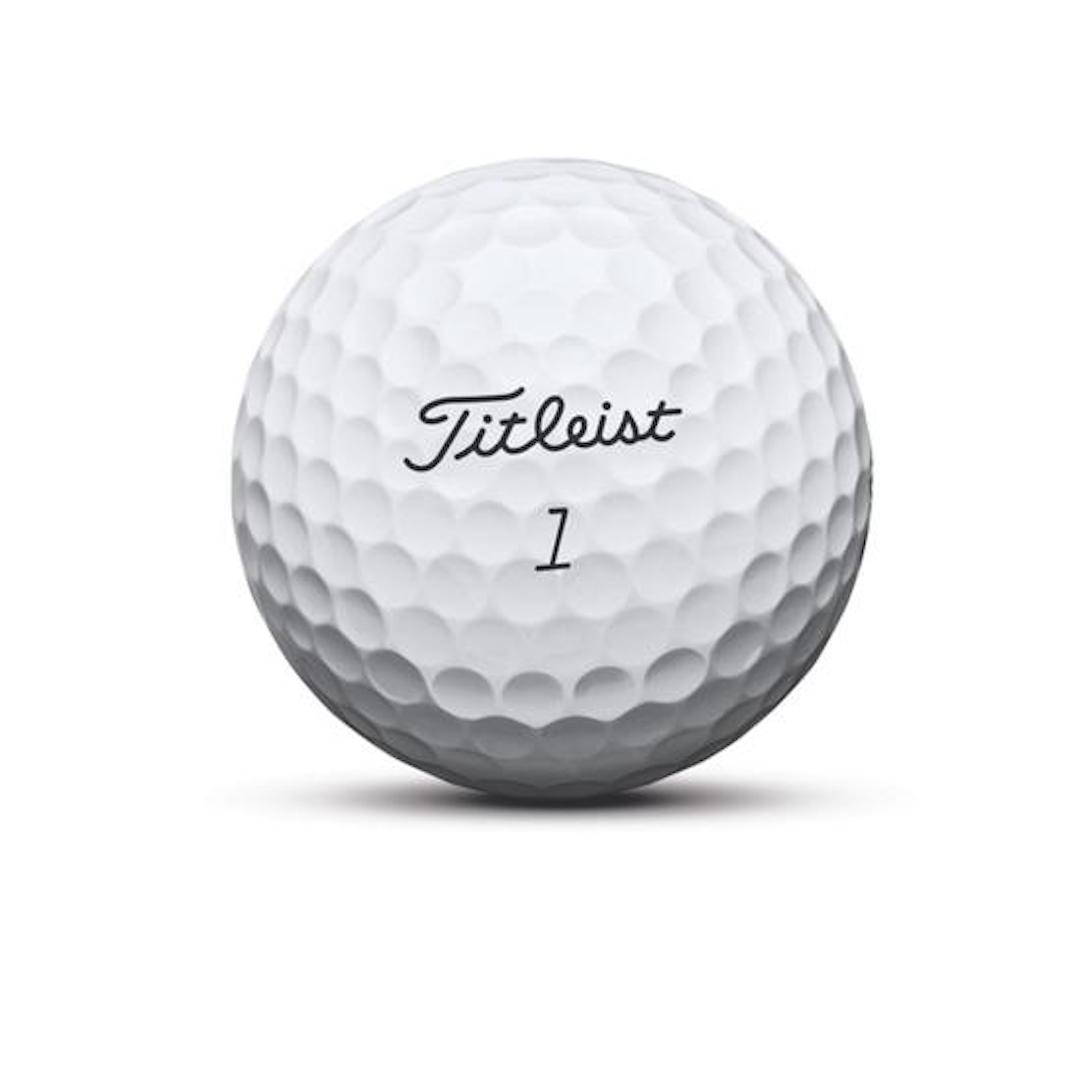
While there were arguments for both rulings, over the years the situation became comical. For the three golf majors played in the USA, all the competitors were using the larger ‘American’ ball – but as soon as it came to the British Open, where the wind was fiercer, most of the field, including American greats like Arnold Palmer and Jack Nicklaus – immediately swapped to the smaller, heavier ‘British’ ball.
Pressure on the R&A and USGA to standardise the size grew gradually over the years until it could no longer be ignored. The first shift towards standardisation came in 1974, when the R&A ruled the ‘British’ ball could no longer be used at the British Open. That meant all the majors, at least, were sorted. Finally, in the 1990 update to the Rules of Golf, the small ball finally stopped being accepted in any competition. They remain a reminder of a time when, like so much else, the R&A and USGA could not agree.
There have been plenty of bans and alterations to golf equipment over the years – and there’ll likely be plenty more in the future. The most important thing to remember about any golf equipment, however, is to keep it insured in case of damage or loss. Get golf equipment insurance up to £5,000 with Golf Care today for total peace of mind!
Related:
Titleist launch new 718 iron range

